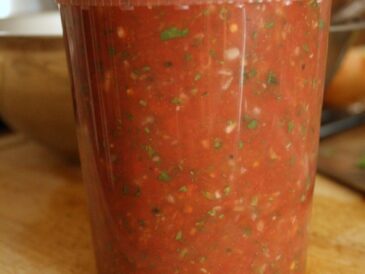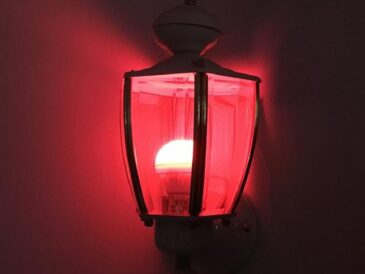Creating a safe, welcoming outdoor space isn’t only about beautiful landscaping—it’s also about making sure your yard doesn’t become a perfect hideout for unwanted visitors. Snakes can quietly make themselves at home when certain plants provide them with shelter, food, and the right environmental conditions. While these reptiles play an important role in controlling pests, most homeowners prefer to keep them far from living areas where children and pets play.
Many people focus on planting species believed to keep snakes away, but the real secret is knowing which plants not to grow in the first place. Some common choices in garden design can accidentally create ideal hiding spots or attract the very prey snakes are hunting.
1. Dense, Low-Growing Shrubs
Bushy, compact plants such as Japanese yew, boxwood, or heavily untrimmed lavender can turn into cool, shaded refuges. Thick foliage reduces airflow and blocks sunlight, giving snakes a place to wait out the heat. If shrubs are part of your landscaping vision, keep them pruned high enough so the base is visible and dry. This not only improves curb appeal but also reduces hidden areas where small animals might gather.
2. Plants That Attract Rodents
Fruit trees, berry bushes, and nut-producing plants can be irresistible to rodents. When fallen fruit or seeds accumulate at the base, mice and rats move in, quickly drawing in their natural predators. A neat garden—where debris is promptly cleared and food sources are limited—remains less appealing to snakes. Raised planters and clean ground cover can still give you a lush garden without the added risk.
3. Moisture-Loving Vegetation
Hostas, ferns, moss, and other shade plants thrive in damp conditions, but these same environments are perfect for frogs, slugs, and insects—prime items on a snake’s menu. This problem is amplified when thick groundcover is present, creating cool, hidden corridors. Choosing plants that can tolerate drier soil, along with adjusting irrigation to avoid constant dampness, limits both snake activity and unwanted pests.
CONTINUE READING IN PAGE 2





